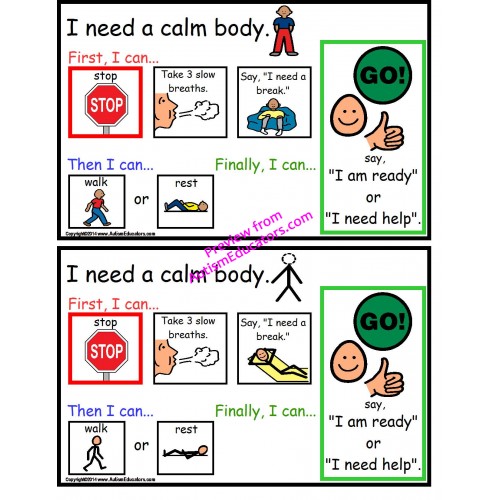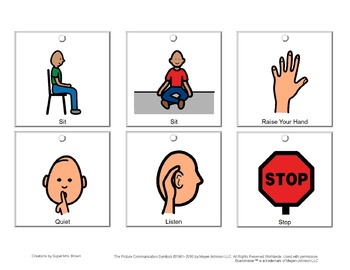

difficulty switching from one activity to another, especially if they have to switch from something enjoyable to something not enjoyable (I think everyone can relate to that).difficulty working on or participating in activities with no clear ending (e.g., an open ended writing activity, a class lecture).trouble recognizing another person’s opinion or understanding another person’s feelings.a need for a particular routine so they know what to expect as they can become frustrated when things don’t go the way they had expected.For example, a vacuum cleaner may sound overly loud, a smell may be extra strong, or the feel of something may be extra itchy. difficulty taking in sensory input in an ordinary way.trouble using and understanding language or certain aspects of language such as sarcasm, expressions, and body language.



The wider the board, the more stable it will be, although it will impact the speed, and you’ll probably have to reach over slightly further to get your blade in the water. It may sound obvious, but the first thing you need to know about your stand-up paddleboard (or SUP) is how easy it makes it for you to get vertical – that means the board is stable in the water, which is good, no matter how much experience you’ve got.


 0 kommentar(er)
0 kommentar(er)
